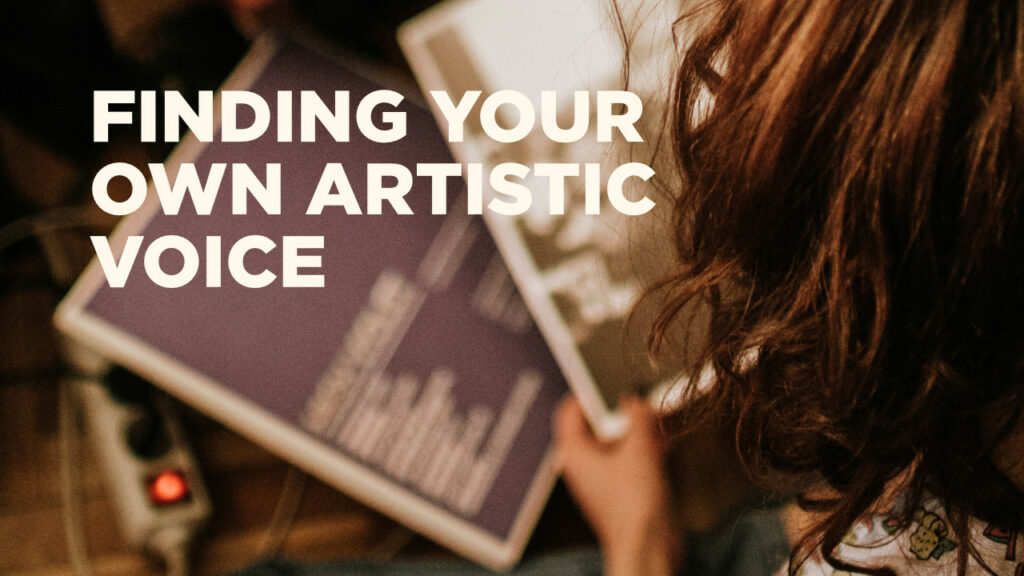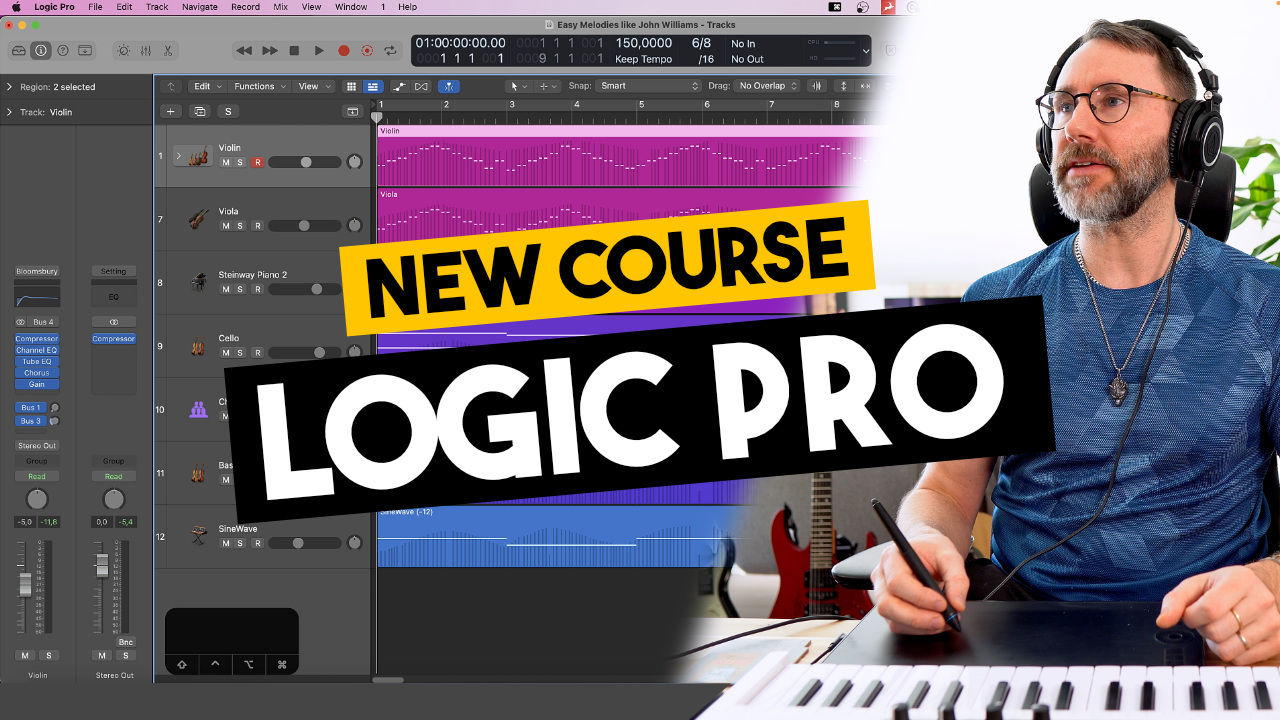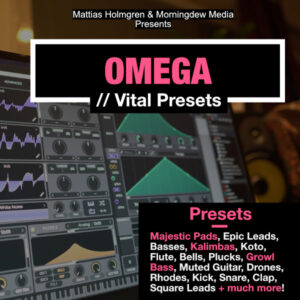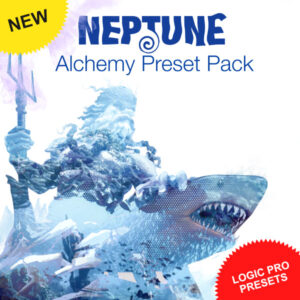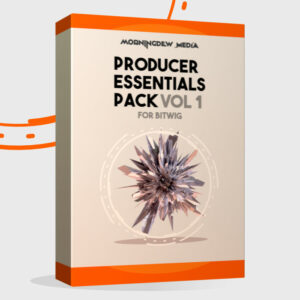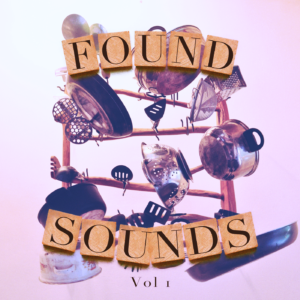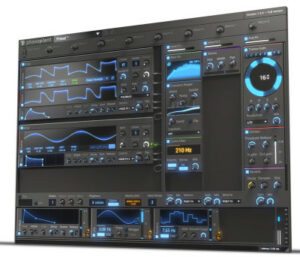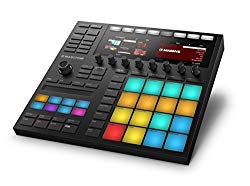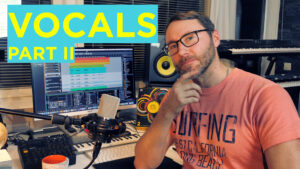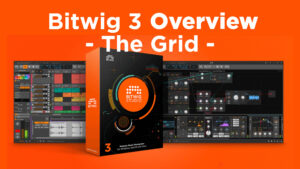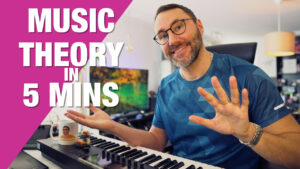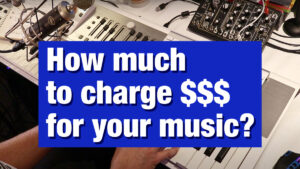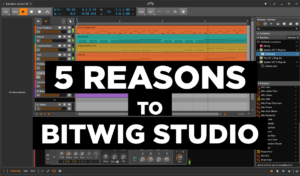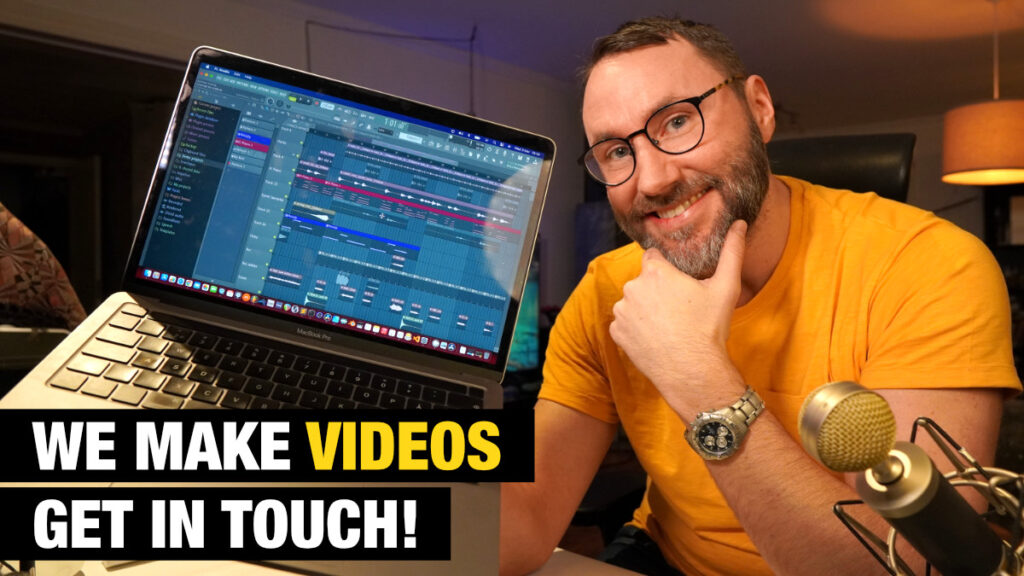In this article we talk about how to find your artistic voice. You will get solid tips on how to grow your artistic voice as a creative. And how to grow your unique traits and establish the foundation for your artistic voice. Importantly, we will look at some questions you might bump into as a creative for film, games and media.
Find Your Artistic Voice As A Creator
Finding your unique voice in anything you do. Wether it’s music, painting, photography… or your life, it’s a constant journey. It can take a lifetime, a continual process of discovery and reinvention. But when you find that spark, that moment when you connect with your craft, it will resonate with your very soul.
The outcome, the art, will feel – YOU!
Artistic Mentors
When I was studying composition and arrangement at music school 15 years back, I had many mentors. It was my guitar teacher, a vocal coach, a piano teacher and a very (60s inspired) “improvisational” teacher.
They were my superiors. I looked up to them and sucked in all the knowledge I could get my hands on from them. The good, the bad and the ugly. Finally filtering out what resonated with my own artistic voice.
Balancing Your Artistic Mentors – Yin / Yang
Yeah, that 60s guy was really funny! No barriers. He would come running and exploding into the classroom waving with a vacuum cleaner (as a guitar).
The guitar / composer / arranger teacher on the other hand, was more solid and set. They were the yin / yang of my mentors. A balance of creativity.
I know it sounds weird, but it was to inspire us to think outside the box. To explore new areas of musical inspiration. For me this was an eye opener, and it kept me striving to always have mentors during life.
Artistic Mentor Quote – Anyone Can Cook!
Never underestimate in what form inspirational mentors can appear. Here is another famous quote:
Anton Ego: In the past, I have made no secret of my disdain for Chef Gusteau’s famous motto: Anyone can cook. But I realize, only now do I truly understand what he meant. Not everyone can become a great artist, but a great artist can come from anywhere.
Ratatoille ( a movie about a rat who becomes a chef) – Anton Ego
How to Find Artistic Mentors To Help You Develop Your Artistic Voice?
Aside those rudimentary mentors, I was also very much into music from Yes, Marillion and Dream Theater. So Mike Portnoy, James Petrucci, Steve Hogarth (to name a few) became my inspirational mentors of that time.
In class we were also discussing the importance of having mentors throughout life. Even when you become famous, or you consider yourself of very high skill.
Having mentors drives us to become better, to improve our art.
We should never consider ourselves fully learned. That’s when you stop growing.
Having a “carrot” will help us go further, explore new things.
Ultimately, become better!
Did You Run Out Of Mentors?
The second we decide we no longer need artistic mentors, our progress will halt. So my advice is to always select a few inspirational mentors or inspiration sources. It will help you become better.
I have many mentors that inspire me, and they give me a reason, and the will, to improve at various crafts.
Don’t consider yourself the master of the universe, that’s naive and will only set you in a corner. An open mind with a few mentors will give you something to look up to.
If you don’t have an inspirational mentor, go find one (or two) today!
It doesn’t have to be in your exact profession, select a mentor from a different area that you want to expand in.
Grow!
How To Find Your Artistic Voice In The YouTube Era
It’s a new era and today many people learn their craft via online videos. With guides from your favourite artists a click away it’s easy to peer into the heart of creation.
This means that we all learn the process, and in a way, copy the way of our mentors.
Of course these videos are extremely helpful at gaining momentum and up to speed with the craft you are learning. But it also means we might have a hard time stepping away from that “sound” or that specific “design look” of our inspirational sources. We might get lost and not really apply our own artistic voice to the product we are creating.
Back to one of my favourite short quotes:
With great power comes great responsibility.
We need to remind ourselves of our own artistic expression and artistic voice. Our own struggle towards learning what our unique artistic voice is.
The Artistic Expression Of A Fresh Film Composer
After working as a freelance composer for many years I have many stories where the director of a game or film asked me to replicate a certain music piece. Especially when I was starting out as a fresh composer.
If you are just coming out fresh from music school and starting to do freelance composition you are in for a cold shower.
You will probably work with rookie directors that will be asking you to write copy-cat music. We also see this in hip-hop, where producers make beats to replicate certain artists.
And we see this a lot!
Drake, anyone?
Temp Music In Film And Games – Your Artistic Enemy?
In film and game production, the temporary music that the directors put into the film before they bring in a composer is called “temp music“. And directors always tend to fall in love with the temp music. It’s great to have a direction and with limited deadlines and budgets temp music can also help the process.
But it’s a fine balance of making the composer replicate the temp music, or bring their own artistic voice to the table.
As a new fresh composer:
Firstly, you will be asked to write (read: replicate) certain music pieces. Hans Zimmer, O FORTUNA- Carmina Burana, John Williams and Gustaf Holst are classical examples from my own experience.
Secondly, you will have to be able to mold the score to not sound like an exact copy.
Lastly, it will certainly put you in a bad mood since you didn’t even have a say. It’s probably a big change for you as an creative artist. It’s a totally different approach to composition with little space for your own artistic touch.
The artistry, in this case, is really in hiding that the music is a variation of said temp music.
You might have to live with: the customer is always right, and meet them halfway.
Importantly, never make exact copies of another piece of art. That’s bad for you and the film maker.Make it clear for your client. If they are not familiar with the legal aspects of a music piece.
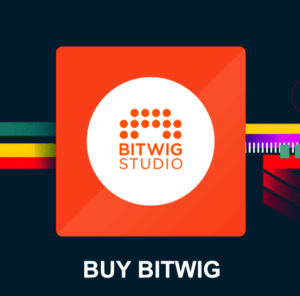
Find Your Own Unique Tradmark Voice and Sound As An Artist
I love to create inspirational videos and articles. They are not meant to be copied straight out of the box. Well, for learning purposes it can be helpful to reproduce an exact tutorial video. But my idea is that when we have learned a perk (specific skill) we can step back and apply our own artistic voice to this perk.
Importantly, we now have our own more unique trademark sound.
I get asked all the time to do a certain musical genre, or artist-X tutorial.
Recently, I did this Kawaii Future Bass tutorial where I created an original track in the genre.
There are a few aspects that drive me to do them slightly different than other YouTube creators “mentors” out there.
Don’t Copy Other Artists
Firstly, I don’t want to copy another artist, and in the process teach other artists to copy them further. It just doesn’t make any sense.
Secondly, with the YouTube claiming going on I don’t want another channel or company to claim my videos.
So, when I do a genre type video I try to stay away from exact artist replications, and always introduce my own flavour into the content.
Synergy is great, but we should also strive to build our own strong artistic voice.
Artists Copying The Artistic Voice Of Avicii
That’s why we are hearing so many copy-cat sounds, and see copy-cat images all over the place. It’s probably worse now than ever since how to-videos are so easily shared. And people copy music and art all over the place.
I was watching this years Swedish edition of the Melodic Festival 2019 and I heard Avicii songs all over the place. The chords and melodies were obvious copies of Avicii’s tracks. Even whole arrangement parts with builds, chorus, breakdowns etc.
In my eyes that’s cruel since this nice boy, Tim (aka Avicii), passed away recently. It’s a bad decision all over.
But How Do We Find Our Own Artistic Voice?
Well, the first thing you would do is; don’t copy the exact melodies and sounds from the videos you watch. Don’t copy the exact preset settings if you watch a sound design tutorial.
Importantly, apply your own brush strokes, strive to find your own creative and artistic voice.
Learn how to apply your own artistic voice to things that inspire you.
Flip things around, move parameters, go creazy, make it your own.
Want to learn the basics of cinematic sound design? You can watch my video and article about creating cinematic sounds here.
Break Away From Other Artists’ Work
Many artists go through a period where they feel a need to make their work sound and look like what they consider “good art”. To find your own unique artistic voice, you’ll need to detach yourself from works that you perceive as successful. This might mean a period where you avoid looking at the work of other artists on the Internet or books with images of appealing work.
In conclusion, make sure you spend hours in your own artistic bubble, and try to take risks.
Pay attention to your inner compass!
It’s easy to get caught up in the speed and blur of social media and exterior influences and expectations. Get to know your center and what propels and ignites your creativity.
Artist – Josh Keyes
Take Risks When Searching For Your Own Artistic Voice
It might be the hardest choice. But being bold and taking risks can really elevate your artistic voice and expression. It might mean trying a new subject matter or narrative. Try writing in a different genre or mood. Listen to some jazz if you are totally into electronic bangers. We humans, or at least our brains, just love repetition and following a certain learned schedule.
When we learn a new treat (program our brain), it’s a relief to replicate that over and over. Lazy by nature I guess. It’s been recognized that we tend to follow the path of least resistance. We go to comical lengths to avoid work of even the most trivial sort.
I advice you to step out of the comfort zone and take risks with your art.
In the process, you may discover that you need to take even larger risks.
But, as of now, don’t see this as a risk. See it as an opportunity to grow your artistic voice.
In conclusion, the results of these risks are what will set your work apart.
Your Artistic Voice Should Resonate With Your Heart
When you are finding your own artistic voice. Be true to yourself and what really resonates with your heart and emotions. In the long run you will be thankful.
That’s why I always push to my viewers to create their own sounds and presets as soon as they become comfortable with sound design. It will help them grown their own identity.
Artists With A Strong Artistic Voice
Create your own beats with sounds and samples that resonate with your feelings and emotions (foley samples are awesome!!!)
I wrote an article on creating your own custom kits which will give you more information on the topic.
How do you think Nine Inch Nails became so popular? Björk? Or any other artist with a strong artistic voice and a long career. It’s just that… They took their own path. Created their own sounds, their own melodies.
Their own Artistic Voice!
So, thanks for reading this and go creazy with your sound design and sample flipping this week!
If you want to learn more about growing as an artist, be sure to get your hands on the Creative Booster Guide.
Yours truly,
Mattias
What gear I use in the studio? Check out the Resources Page.
Join my exclusive community: https://www.patreon.com/gelhein
Be sure to sign up to our newsletter for new exciting articles in design, music production and sound design.
